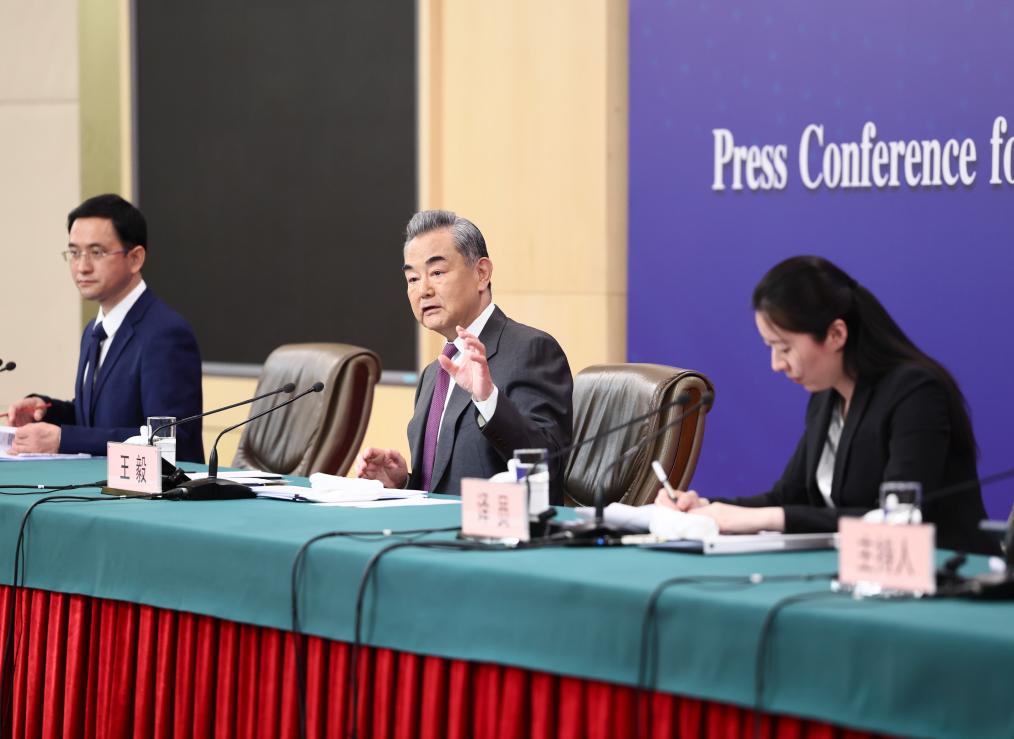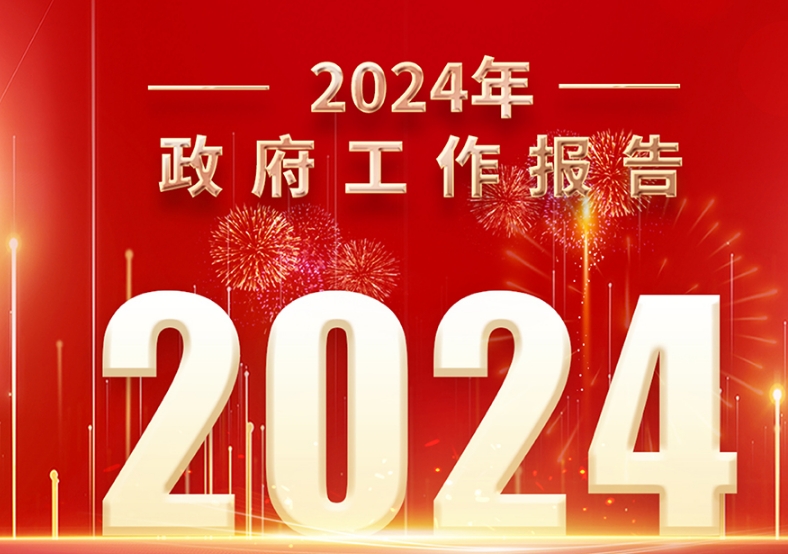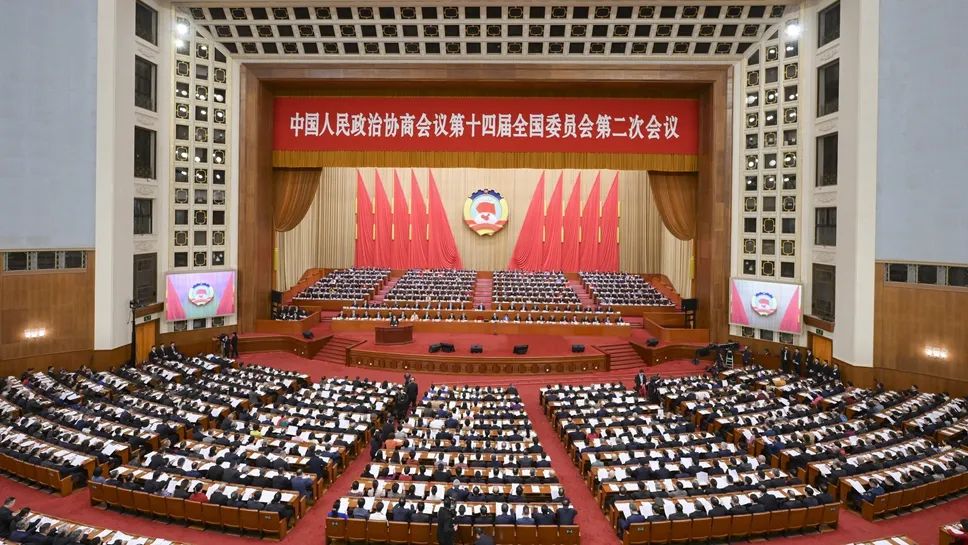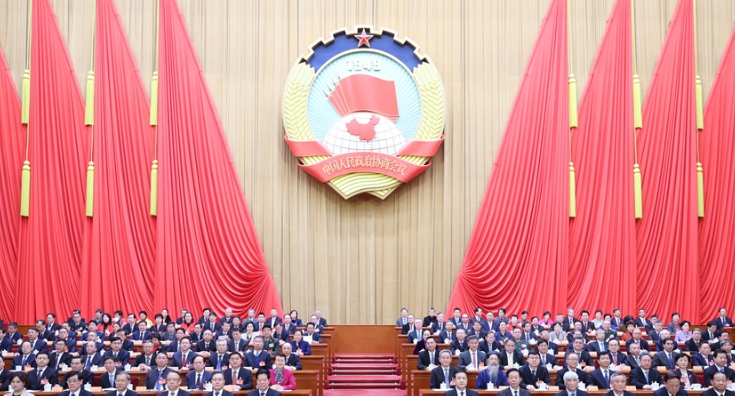
2011年11月翻译资格考试三级笔译真题
三级笔译Section 1 English-Chinese Translation ( 50 points )
Translate the following passage into Chinese.
This month, the United Nations Development Program made water and sanitation the centerpiece of its flagship publication, the Human Development Report.
联合国开发计划署本月新发布的《人类发展报告》主题是水与卫生。
Claims of a "water apartheid," where poor people pay more for water than the rich, are bound to attract attention. But what are the economics behind the problem, and how can it be fixed? In countries that have trouble delivering clean water to their people, a lack of infrastructure is often the culprit. People in areas that are not served by public utilities have to rely on costlier ways of getting water, such as itinerant water trucks and treks to wells. Paradoxically, as the water sources get costlier, the water itself tends to be more dangerous. Water piped by utilities - to the rich and the poor alike - is usually cleaner than water trucked in or collected from an outdoor tank.
现在有人将穷人获取水资源成本高于富人的现象称为“水隔离”,类似的说法必将引发关注。但是,这一问题涉及的经济因素有哪些?又该如何加以解决呢?在有些国家,人们无法充分获得清洁用水,基础设施不完善是首要原因。有些地区没有公共基础设施,人们不得不从流动水车购水,或者长途跋涉到有水井的地方取水,由此推高他们获取水资源的成本。更为荒谬的是,随着获取水资源的成本上升,水质却在下降。自来水通常比流动水车或水井的水更加清洁,对于穷人和富人都是如此。
The problem exists not only in rural areas but even in big cities, said Hakan Bjorkman, program director of the UN agency in Thailand. Further, subsidies made to local water systems often end up benefiting people other than the poor, he added.
联合国开发计划署泰国项目专员哈坎﹒比约克曼说,这一问题不仅仅涉及农村地区,甚至连大城市也不例外。他还补充说,对地方水利部门提供的补贴受益者往往并不是穷人。
The agency proposes a three-step solution. First, make access to 20 liters, or 5 gallons, of clean water a day a human right. Next, make local governments accountable for delivering this service. Last, invest in infrastructure to link people to water mains. The report says governments, especially in developing countries, should spend at least 1 percent of gross domestic product on water and sanitation. It also recommends that foreign aid be more directed toward these problems. Clearly, this approach relies heavily on government intervention, something Bjorkman readily acknowledged. But there are some market-based approaches as well.
联合国开发计划署提出了“三步走”的解决方案。第一步,将每天保证20升(折合5加仑)清洁用水列为一项人权。第二步,由地方政府负责落实上述目标。第三步,投资修建供水基础设施。《人类发展报告》指出,各国特别是发展中国家应该至少拿出GDP的1%用于解决供水和卫生问题。该报告还建议国外援助资金也应向这方面倾斜,但比约克曼也明确指出,这显然需要政府部门的引导才行。当然,还有其他一些市场化解决方案。
By offering cut-rate connections to poor people to the water mainline, the private water utility in Abidjan, Ivory Coast, has steadily increased access to clean water, according to the agency's report. A subsidy may not even be necessary, despite the agency's proposals, if a country can harness the economic benefits of providing clean water.
该报告还指出,科特迪瓦首都阿比让的一家私营水厂通过向穷人降价供水,逐步缓解了当地清洁用水问题。开发计划署建议各国政府对供水系统提供补贴,但是,如果能保证供水企业获得相当经济利益的话,就没必要再提供补贴了。
People who receive clean water are much less likely to die from water-borne diseases - a common malady in the developing world - and much more likely to enjoy long, productive, taxpaying lives that can benefit their host countries. So if a government is trying to raise financing to invest in new infrastructure, it might find receptive ears in private credit markets - as long as it can harness the return. Similarly, private companies may calculate that it is worth bringing clean water to an area if its residents are willing to pay back the investment over many years
在发展中国家,水传染疾病十分常见,但是如果能获得清洁饮用水,人们死于水传染疾病的几率就会大大降低,人们的寿命延长了,生产力提高了,缴税增多了,国家最终也能从中获益。因此,只要国家能保证供水产业的经济效益,就能吸引社会力量投资供水基础设施建设。反过来说,私营供水企业如果确信在一个地区的投资能在多年后收回成本、具有投资价值的话,他们自然乐意为之。
In the meantime, some local solutions are being found. In Thailand, Bjorkman said, some small communities are taking challenges like water access upon themselves. "People organize themselves in groups to leverage what little resources they have to help their communities," he said. "That's especially true out in the rural areas. They invest their money in revolving funds and saving schemes, and they invest themselves to improve their villages. "It is not always easy to take these solutions and replicate them in other countries, though. Assembling a broad menu of different approaches can be the first step in finding the right solution for a given region or country.
同时,人们也在不断探索本土化解决方案。比约克曼说,在泰国,一些小型社区自发解决供水等社区面临的难题。他说,“人们自发组织起来,利用有限的资源帮助社区解决问题,在农村地区尤为如此。人们把钱投入周转基金和存款计划,并共同出力建设自己的村庄。不过,在其他国家实施、推广这些解决方案并不总是一帆风顺。一个国家或地区要想找到可行的供水解决方案,第一步就是先要整合各种应对之策。”
网络译文:
联合国发展计划署本月在其核心杂志《人类发展报告》上发表了一篇关于水与卫生设施的报告。
该报告呼吁水的区别供给的问题应该引起大家的重视,因为那里的穷人关于水的开支比富人还要多。这背后隐藏着什么经济学问题,又该如何解决?一些乡村没有干净的饮用水,根本原因就是基础设施不完善。没有公共设施可以使用的村民,不得不花高价依靠供水车或者牛车从很远的地方取水。有一点很矛盾,那就是他们花大价钱买来的水,水质反而更差,因为给富人通过公共自来水管道供应的水通常比送水车或户外储水池中的水要清洁。
联合国驻泰国的一位机构负责人Hakan Bjorkman说,这一问题不仅存在于乡村地区,即使是像马尼拉、雅加达这样的大城市也存在同样的问题。他还补充说原本用于改善当地供水系统的资金,那里的穷人却不能从中受益。
该机构提出了一个分三步的解决方案: 首先,每人每天供应20升或5加仑的洁净水;其次,要求当地政府负责发放;最后,投资修建连接家家户户和供水站的管道。报告呼吁各国政府尤其是发展中国家的政府,应该至少拿出GDP的1%来改善水与卫生设施,还建议外国援助应该直接面向这一问题。Bjorkman承认这一措施需要政府的大力干预,当然也有一些依靠市场来解决的办法。
根据这一报告,科特迪瓦首都阿比让通过对为穷人修建供水管道的私营企业减息的政策,已经能够为当地的居民稳定地供应洁净水。该报告还建议,如果某一国家能够处理好供水和经济效益的,那就不一定需要政府的补贴。
经常饮用洁净水的人很少生通过水传播的疾病—这种疾病在发展中国家很常见,他们一般比较长寿、多产、为国家多缴纳税收。因此如果政府试图筹资来完善基础设施,就可以向私营企业提供贷款,只要确保可以收回贷款就行。同样,私营企业通过计算,值得向某一地区的居民提供洁净水,前提是多年后当地居民愿意偿还投资。
同时,当地也有一些解决办法。在泰国,一些小的社区试图自己解决他们的供水问题。Bjorkman说,“那里的人民组织去来,利用自己拥有的资源相互帮助。”“这一措施在一些乡村地区确实有用。他们将自己的钱以循环资金的形式进行投资来改善他们的村庄。”尽管这些措在其他地区进行复制,施执行起来有一定难度,但是要找到解决某一地区或村庄饮水问题的正确方法,首先是将所有可能的方法先罗列出来。
Section 2 Chinese-English Translation ( 50 points )
Translate the following passage into English.
即使遇到丰收年景,对中国来说,要用世界百分之七的耕地养活全球五分之一的人口仍是一项艰巨的任务。
中国政府面临许多挑战,最严峻的挑战之一就是耕地流失。过去几年中,平均每年有66.7万公顷耕地被城市扩建、工业发展以及公路建设工程占用,另有1万平方公里的耕地被沙漠吞噬。
中国北方地区地下水位下降,农民不得不改种耐旱、地产作物,甚至撂荒。同时,农业基础设施损耗严重,三分之二的灌溉设施需要整修。
由于农民为增加收入而改种经济作物,农业生产方式正在转变。过去十几年,全国水果和蔬菜种植面积平均每年增加130万公顷。因此,水稻、玉米及小麦产量急剧下降。中国已由粮食净出口国变为粮食净进口国。
中国政府把农业改革视为头等大事,投入大量资金用于提高小麦和稻米的收购价以及改进农田灌溉基础设施。近年来,农产品的价格稳步上升,中国政府采取此项措施以提高农民种粮的积极性。
韩老师参考译文:
即使遇到丰收年景,对中国来说,要用世界百分之七的耕地养活全球五分之一的人口仍是一项艰巨的任务。
Even with a bumper harvest, China still faces a daunting challenge of feeding one fifth of the world’s population with only 7% of the earth’s farmland.
中国政府面临许多挑战,最严峻的挑战之一就是耕地流失。过去几年中,平均每年有66.7万公顷耕地被城市扩建、工业发展以及公路建设工程占用,另有1万平方公里的耕地被沙漠吞噬。
Among many grave challenges the Chinese government faces is loss of farmland. In the last few years, about 667,000 hectares of farmland has been grabbed/seized /requistioned/expropriated for urban sprawl, industrial expansion and road building, and another 10,000 square kilometers of cultivated land desertified each year on average.
中国北方地区地下水位下降,农民不得不改种耐旱、低产作物,甚至撂荒。同时,农业基础设施损耗严重,三分之二的灌溉设施需要整修。
As ground water table drops in northern China, farmers there have to grow drought-resistant, low-yield crops and even leave land unattended. On top of that, agricultural infrastructure is in serious disrepair, with two thirds of irrigation facilities in need of overhaul.
由于农民为增加收入而改种经济作物,农业生产方式正在转变。过去十几年,全国水果和蔬菜种植面积平均每年增加130万公顷。因此,水稻、玉米及小麦产量急剧下降。中国已由粮食净出口国变为粮食净进口国。
Agricultural production model is changing as farmers opt for cash crops to increase income. In the last dozen years, China has added 1.3 million hectares to the total growing acreage of fruit and vegetable each year on average. The result is a plummet/sharp drop/drastic fall in output of rice, corn and wheat. China has become a net grain importer instead of a net exporter.
中国政府把农业改革视为头等大事,投入大量资金用于提高小麦和稻米的收购价以及改进农田灌溉基础设施。近年来,农产品的价格稳步上升,中国政府采取此项措施以提高农民种粮的积极性。
The Chinese government makes agricultural reform/upgrading a top priority. It is investing hugely to raise purchasing prices of wheat and price and upgrade/retool/reengineer/revamp irrigation infrastructure. Steady/sustained increases in prices of farm produce in recent years have led to growing interest/enthusiasm of grain growers. /With rising prices of agricultural products in recent years, grain growers have become more interested in farm work.
 天之聪教育
天之聪教育
 2012-09-11
2012-09-11
 天之聪教育
天之聪教育
 1856次
1856次


 点赞(0)
点赞(0)

 收藏
收藏

 收藏资讯
收藏资讯

 收藏资讯
收藏资讯

 收藏资讯
收藏资讯

 收藏资讯
收藏资讯